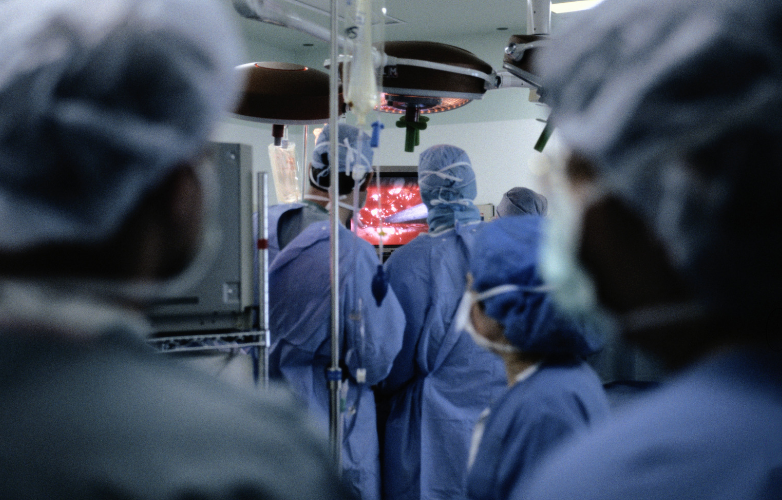History of sleeve gastrectomy:
Doug Hess of Bowling Green, Ohio, performed the first open sleeve gastrectomy. gastrectomy in March 1988 as part of what is now known as the duodenal switch procedure. In 1999, the first laparoscopic access to the duodenal switch was performed. developed on the pig model by de Csepel, Jossard and Gagner. Further, due to the high complication rate of duodenal switch surgery in very obese people, they subsequently developed the staging technique for intestinal bypass surgery. laparoscopic sleeve gastrectomy only as an initial stage. It was noted that MSU worked very well as a stand-alone procedure and most of these patients did not subsequently require bypass surgery.

LSH is technically easier compared to gastric bypass or biliopancreatic diversion. Free from serious anatomical intestinal complications in the long term, such as internal hernia or obstruction of the small intestine, and micronutrient deficiencies and malnutrition are less common.
Surgical aspects of sleeve gastrectomy:
laparoscopic/robotic sleeve gastrectomy, also known as vertical sleeve gastrectomy. Gastrectomy is an operation in which 70 to 80% of the stomach is removed. leaving a narrow stomach tube or "sleeve" through which food passes. This is now becoming popular in most centers as laparoscopic sleeve gastrectomy is technically easier compared to gastric bypass or biliopancreatic diversion. Free from serious anatomical intestinal complications in the long term, such as internal hernia or obstruction of the small intestine, and micronutrient deficiencies and malnutrition are less common.
Position of the patient in the operating room:
The patient's position remains the same as for Roux-en-Y gastric bypass. Number of cuts from 3 to 4.
A sleeve created using 6 to 7 surgical staplers on a special tube called a gastric calibration tube. A leak test can be performed intraoperatively to see if the staple line is intact in a selected group of patients.
Laparoscopic sleeve gastrectomy
Mechanism of weight loss after sleeve gastrectomy:
Due to this small gastric tube, the amount of food intake is limited and a person can take a small amount of food at a time, thus the amount of calorie intake is limited, resulting in weight loss.
Hormonal changes after sleeve gastrectomy:
the distal part of the stomach includes the fundus, which is the upper outer part of the stomach. This is important as it releases the hormone ghrelin. This hormone is called the "hunger hormone" because it stimulates appetite, increases food intake, and promotes fat storage. When the fundus is removed, the source of ghrelin is removed. During a sleeve gastrectomy, the intestine is not removed or bypassed. malabsorption is minimal.
Not only does restriction cause weight loss, but many metabolic changes also occur due to the rapid passage of food through the intestines, releasing intestinal hormones that cause these effects. thus sleeve gastrectomy is no longer considered only a restrictive operation, but also a metabolic surgery.
Weight loss after sleeve gastrectomy:
Although sleeve gastrectomy was originally used as the first step procedure for more definitive gastric bypass for hyperobesity, it is now also used as the only stepwise procedure with excellent results worldwide. In patients with reflux disease and diabetes, outcomes may be worse than Roux-en-Y gastric bypass. but excess weight loss from both procedures may be comparable in some cases. a subgroup of patients that is about 80% overweight.
Hospital stay after sleeve gastrectomy:
it is a simple procedure and patients can leave the hospital on the same day or even the same day in some cases.

